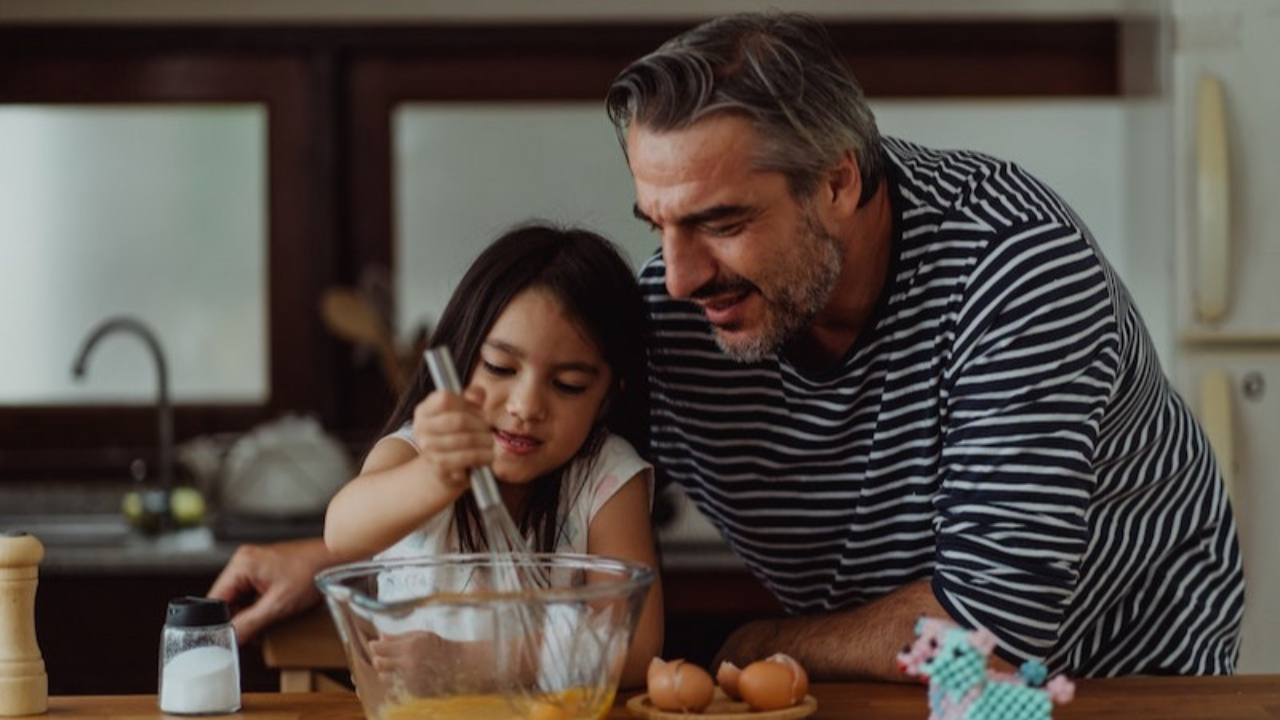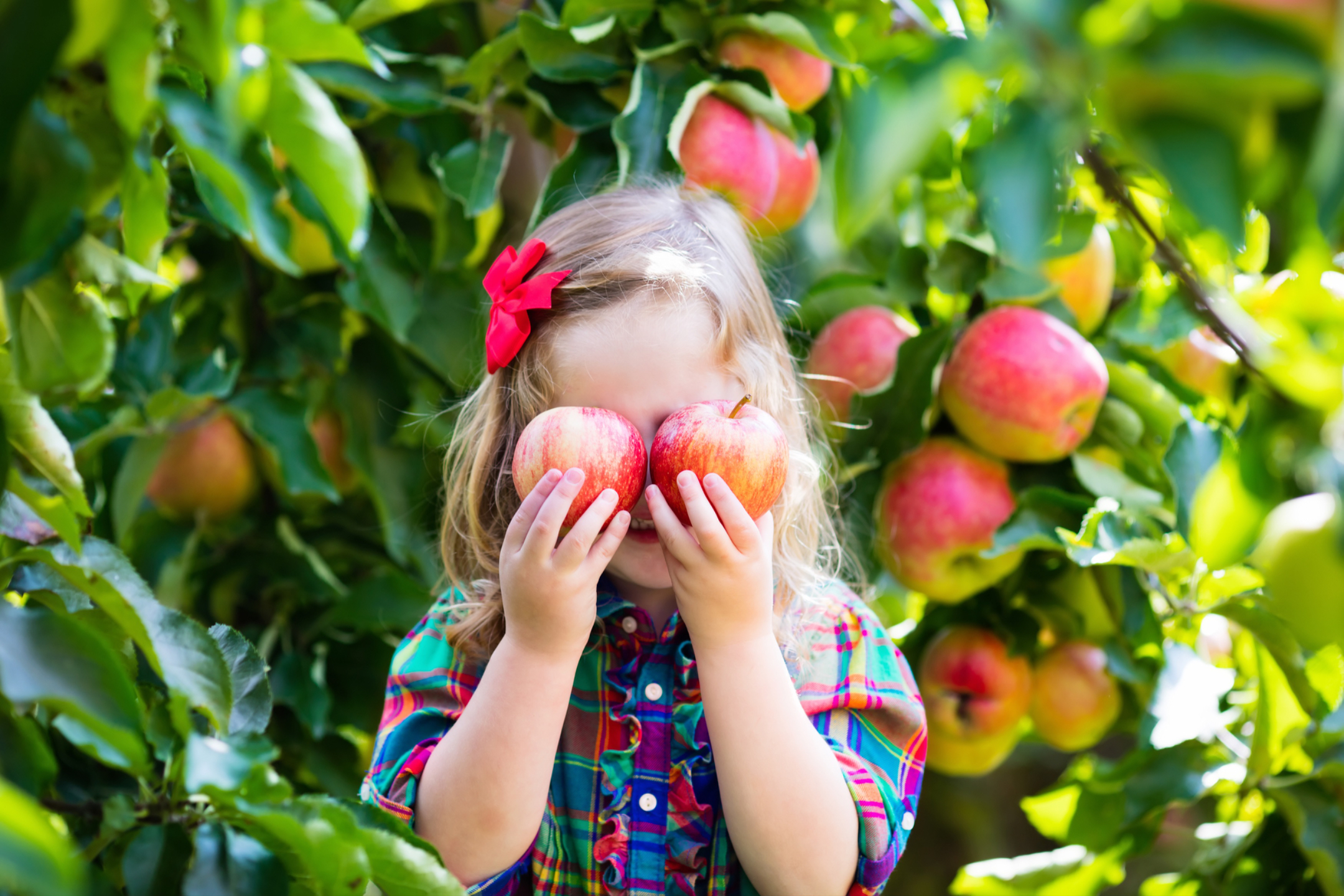Creating Connections With Math
Feb 08, 2023
I keep reading that one of the secrets to a long life is deep connections with other people. Sure, eating well helps and lots of exercise too, but connection wasn’t one of the secrets that was on my radar when I started seeing articles about the secrets to a long life. The articles made me do a life audit and think about how I create connection in my days.
When my kids were little we would all pile onto a bed at bedtime and read stories. Each kid got to pick a story to read and then each grown up chose a story to read. We all enjoyed this time together. We knew many of the books very well and enjoyed talking about what would happen next. We searched for Lowly Worm in the Richard Scary books. We loved the rhythm of the words in a Dr. Seuss story. This nightly ritual made us all feel connected and set us up for a peaceful evening.
While we didn’t always read books about math, we did sometimes. The experience didn’t change, even if we were searching for the ant in 1, 2, 3 to the Zoo or counting the mice in Mouse Count. I know that those times reading together helped give my kids some positive feelings around math.
In her book, Growing Young: How Friendship, Optimism, and Kindness Can Help You Live to 100, Marta Zaraska discusses that one of the main stressors modern humans face is loneliness. Connecting with others releases oxytocin which lowers cortisol and reduces pain. It is crucial to well-being. Reading stories together is one way to connect with young children but what else can we do to create connecctions?
This generation of children is experiencing so many mental health challenges. My daughter came to me with tears in her eyes after our state experienced three large-scale shootings in 24 hours. “What can we do?” she asked. At the moment, I too felt helpless, but then I thought about so many of the children I see in the course of a week and wondered how many of them are feeling connected to each other and to adults. I realized that I could be more intentional about creating moments of connection with them when I see them. We can intentionally create connections with our friends and family by planning more uninterrupted time together. We can also connect with others in our days, such as co-workers. In our small way we can spread more connection and alleviate some loneliness.
Engaging in math together can help us create connections with our own children. We can read a math story together. We can play a math game together. We can sit and listen and talk with a child as they figure out how many times we will need to fill up with gas for our upcoming road trip. We can cook together (and use fractions as we do so) and then gift our neighbors some of our goodies.
When looking to connect with older children or adults, we can do many of the same things. Cooking together and exploring new recipes can be a lot of fun and then it is followed by sharing a meal together and connecting through conversation. I know a number of friends who are sharing Wordle scores every day. Why not try Nerdle, which is the math version of the same game? Playing board games, such as Scrabble, also offers a great opportunity for some math as you calculate the value of different moves to get your best score.
I truly believe that the more positive associations we can create with math experiences, the more children will want to engage in math and continue to pursue it as they grow. We are also creating a feeling of connection for our children and for ourselves. What a gift!

